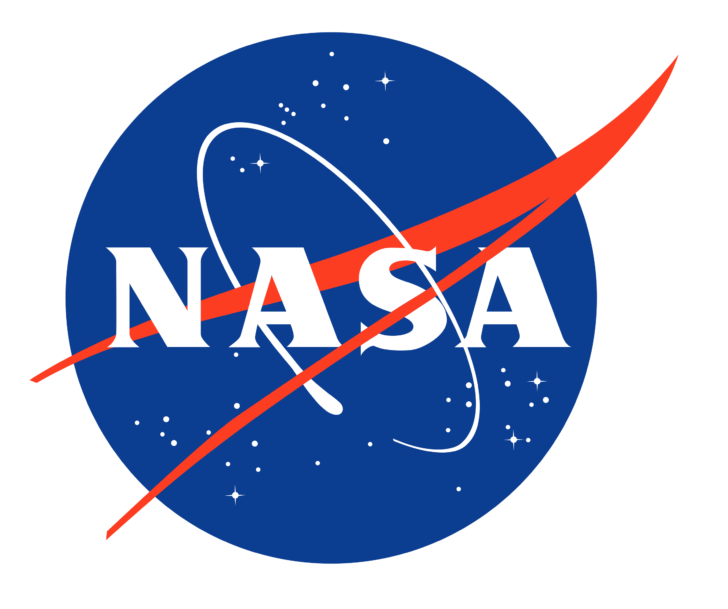Secure your internet activity with FastestVPN!
The launch of NASA’s James Webb Space Telescope has been anxiously anticipated by space telescope enthusiasts for the better part of the previous 30 years. Moreover, the largest and most powerful telescope to ever depart Earth will begin its million-mile voyage into deep space from its launch pad in French Guiana tomorrow morning at approximately 7:20 a.m. Eastern Standard Time.
Its space plans: Unlike its older brother Hubble, which mostly recorded photographs in visible light, Webb was meant to acquire images in infrared light. It was launched into space in 2009. Essentially, this means it has the ability to pierce through cosmic dust and gas in order to capture much older stars and planets that have never been seen before—and in doing so, it has the potential to view back to the very beginning of the universe.
The technical specifications are as follows: the telescope is three stories tall with a gold-plated mirror that is 21 feet wide. According to NPR, the telescope’s sunshield is the size of a tennis court and will keep it warm at -370 degrees Fahrenheit.
Spirit is experiencing more delays than usual.
In spite of the fact that the Webb telescope was originally estimated to cost $1–$3.5 billion, the project, which is now worth $10 billion, has seen so many difficulties that some astronomers were sceptical that it would ever be completed. The first projected launch date for NASA was somewhere between 2007 and 2011, but the House of Representatives voted in 2011 to put a halt to the programme. The scientific community rallied around the telescope, certain that it had the potential to transform astronomy, and worked tirelessly until the deep space fantasies were resurrected.
There has also been some opposition to the name of the telescope. A number of critics have pointed out that while James Webb was in control of NASA, the former administrator for whom the telescope is named, he permitted discrimination against homosexual and lesbian personnel to take place.
Following the completion of an internal review this year, NASA said that it had opted against changing the name.
The big picture: The Webb telescope is responsible for a great deal. This thing has consumed one out of every three dollars spent on astrophysics at NASA in the last 20 years—and if something goes wrong (say, during the incredibly complicated unfolding process), the agency could have spent the previous three decades accumulating a multibillion-dollar pile of space debris.

